We hope this never happens, but it does. Horses get into accidents, fights, and other trouble. If you’ve been long enough around horses you know that crazy stuff happens. No matter how careful you are… Equine first aid is a necessity for all horse owners.
Rusty nail

Kyra stepped into a 2 inch (5 cm) rusty nail on Saturday. She was lame and I discovered the nail when I rinsed the mud off her leg and foot with cold water.
It wasn’t in her foot all the way, but a good 1,5 – 2 cm. Not straight upwards luckily.
Hoof wrapping
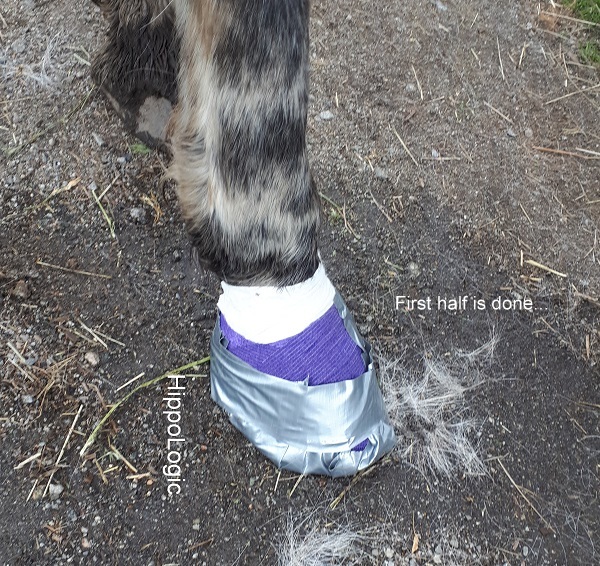
When the nail was out (I just pulled it out) immediate relief from Kyra. Then I got a quick lesson in hoof wrapping from my barn manager. One of the perks at boarding out and have experienced horse people around.
Vet care training for horses
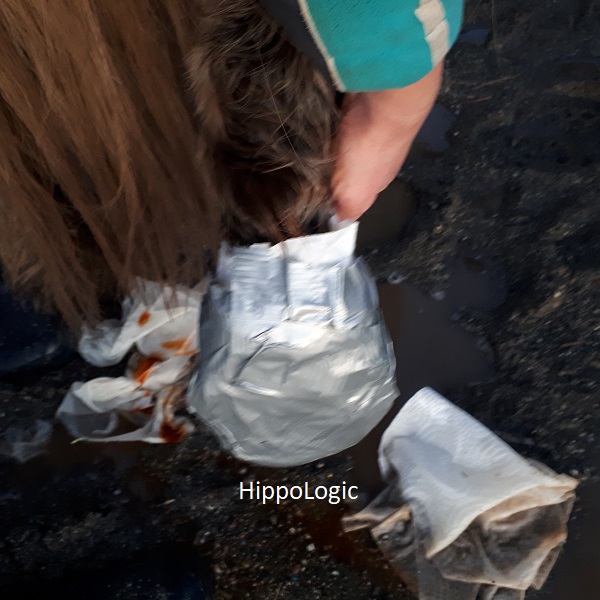
I have had “vet care training” since day 1 in my training program. Kyra came wounded to me. So she could already be hosed off, put her foot in a bucket with water and lift her legs.
You don’t want to start training these kind of things in an emergency!
Vet visit
When the vet came Kyra behaved so nicely. When she pushed on the wound Iused the open bar/closed bar technique and Kyra really appreciated it! She didn’t fight although it was very clear she was in much pain! She didn’t kick and let the vet do her work. Wow, that’s such a great feeling! Safety for everyone involved and the best treatment (because the horse lets the vet).
Be prepared!
Prepare your horse before you need it! Trailer loading, rinsing off legs (up until 10 minutes), injections, training for calm behaviour and standing still for longer periods of time (up until 10 minutes) are very helpful!
Useful techniques in vet care training
Techniques you can use for vet care training:

- A tiny bit of moulding/molding can help teaching your horse to stand in a bucket (rubber pan). It can be hard to free shape it so that they step into the pan themselves, especially with their hind legs.
- Duration. In vet care procedures ‘duration’ is so important. In our minds 10 seconds seem very short, but we also know when we are in the dentist chair without freezing and the drill drills 10 seconds, it’s suddenly ver, very long. Since horses don’t know when we stop with unpleasant procedures it’s even more difficult for them. They really have to trust you!
- Start button behaviour. Teach a behaviour so the horse can indicate: ‘I am ready.You can do what you need to do now.‘ Eg teach them to touch a target.
- Stop button behaviour. Teach a behaviour so they can indicate ‘Stop the procedure.’ You can teach them to touch a different target than you use for the start button behaviour.
- Open bar/closed bar. This is a great technique if the horse is not clicker trained or not prepared well enough. It also helps in quickly building duration. You ‘open the bar’ as soon as the behaviour starts. For instance putting the hoof into the bucket of water, holding up their hoofs for dressing or farrier work. When the horse pulls back, you let go of the foot (if possible!) and stop feeding: you ‘close the bar‘. You ‘open the bar‘ again and start feeding as soon as the horse offers the desired behaviour. The reinforcers must be high enough value to make it worthwhile. If you’re building duration a food reinforcer that they have to chew on long(er) is a good choice. Eating also distracts from the procedure and if they stop chewing with food in their mouth it can be an indication of increased stress or worry.
Make a good hoof wrap out of duct tape
In the next blog I will show you how I make a ‘space shoe’ out of duct tape and other items to keep her foot clean and dry in the mud. I took lots of photos and made videos of our training. Here is one of Kyra’s space boot the next day. It kept well in the mud.
Keep updated by clicking ‘follow this blog’ in the side menu.

Do more with Clicker Training!
Are you a compassionate horse owner who wants to build a strong friendship with your horse? Would you like to understand your horse better and help your horse to understand YOU better? Get access to high quality online training and a fabulous, supportive R+ community in our HippoLogic Clicker Training Academy. Check out the link!
Want to do more with Clicker Training?
Join the HippoLogic Academy! I coach and support you personally getting your dream results with positive reinforcement, so that you can bond with your horse in the process. Create a connection build on mutual trust and understanding, a clear two-way communication built on love. Click the image to go access the application form ↓

Not sure? Start with a free clicker training assessment to get taste of what it feels like to work with me. When you have a specific struggle that you want to overcome, don’t hesitate to contact me.
In this assessment you’ll discover what’s holding you back from accomplishing the things you want with your horse. After our conversation you’ll know exactly what to do, in order to move forward towards your goals.
Happy Horse training!
Sandra Poppema, B.Sc., founder of HippoLogic & HippoLogic Clicker Training Academy

Join us!



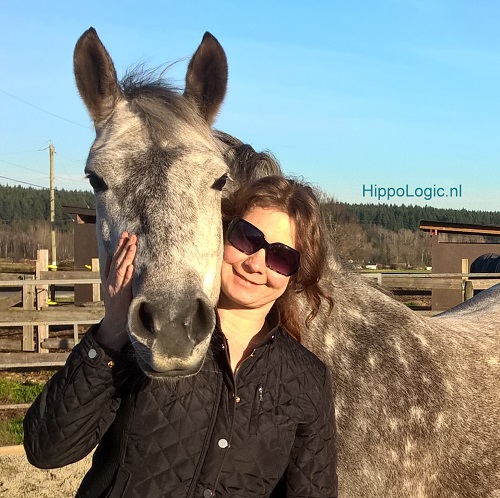


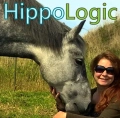

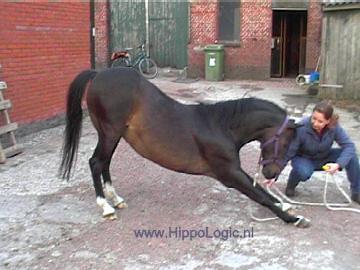





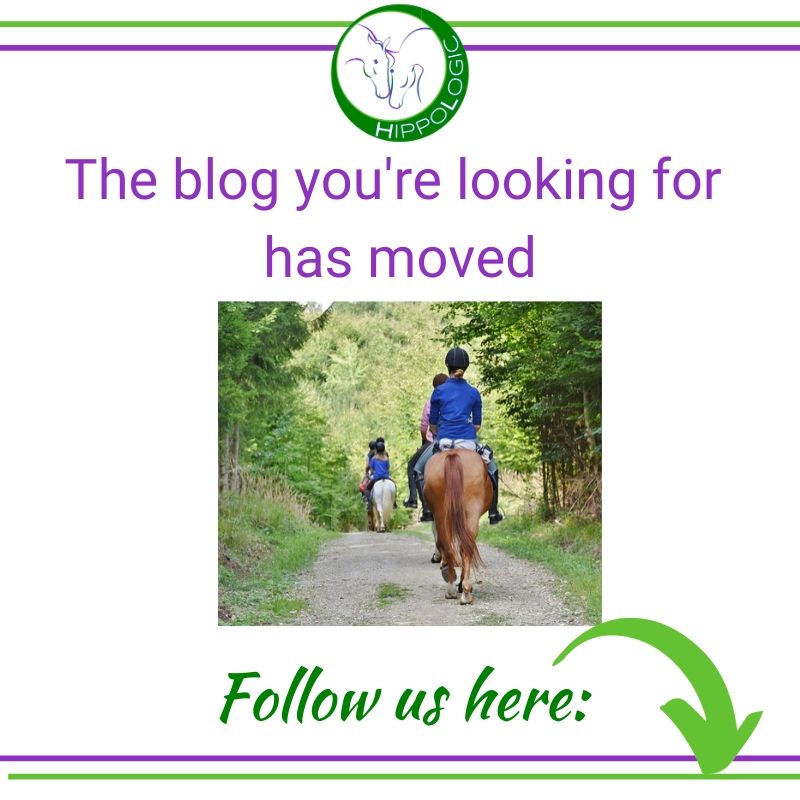
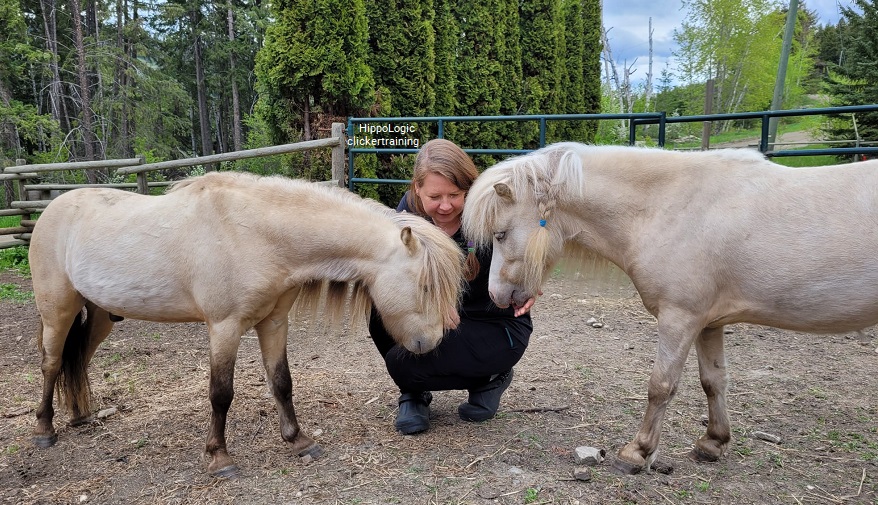
You must be logged in to post a comment.